August 24, 2025
Top 10 Most Forested Countries in the World
CM Content Team


View all
140+
Resorts
August 24, 2025
CM Content Team
Forests are vital to life on Earth, acting as the planet’s natural air purifiers, climate regulators, and biodiversity havens. While every forest is important, some countries stand out for their sheer volume of tree cover, whether in terms of total area or the percentage of land blanketed in green. These nations play a major role in global environmental stability and conservation. Let’s learn more about them.
Here are 10 of the most forested countries in the world where you can visit.
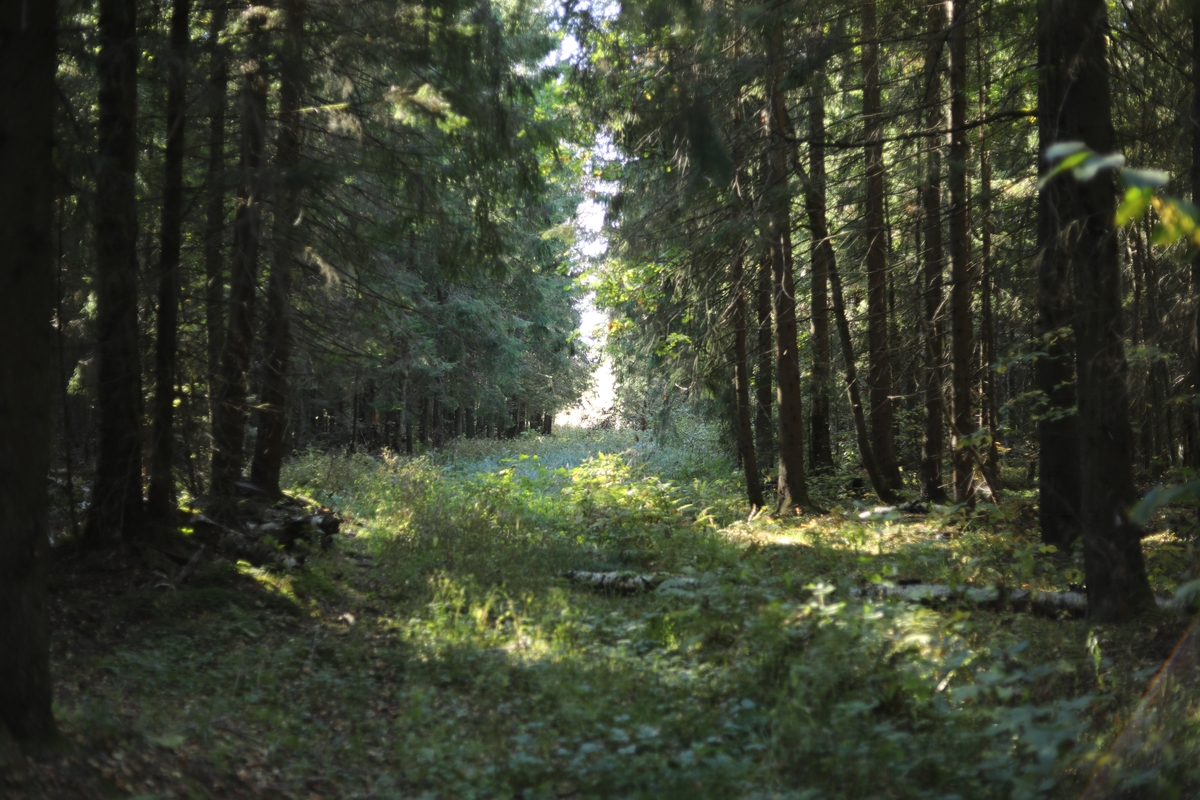
Russia is the most forested country in the world, home to over one-fifth of the planet’s total forest area. Spanning across Siberia and the Far East, Russia’s vast woodlands include taiga, boreal forests, and untouched wilderness that play a crucial role in global climate regulation. These forests are not only rich in biodiversity but also serve as vital carbon sinks, absorbing billions of tons of CO₂ each year. With more than 800 million hectares of forest cover, Russia’s green expanses make it a cornerstone in any conversation about the most forested countries in the world.
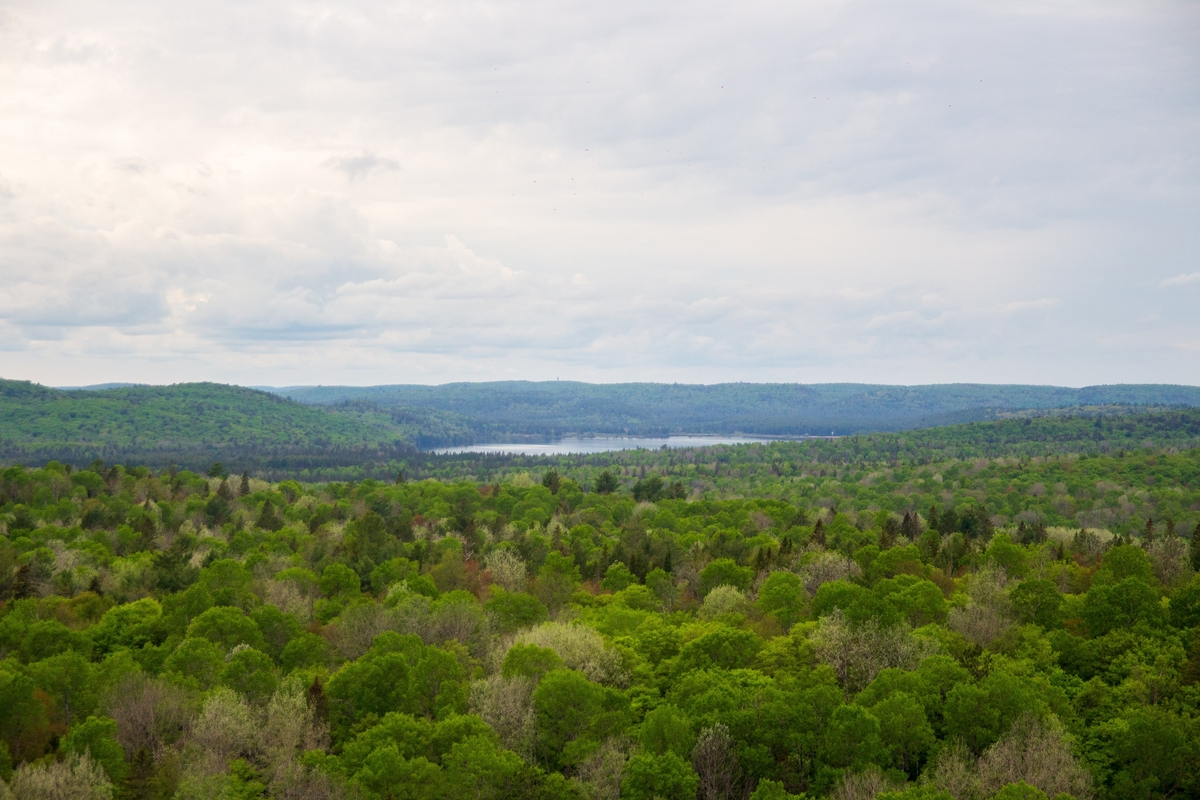
Canada is one of the most forested countries in the world, with nearly 40% of its land area blanketed by vast and diverse forests. Home to about 9% of the planet’s total forest cover, Canada’s woodlands stretch across provinces and territories, from dense boreal forests to temperate rainforests on the Pacific coast. These forests are vital not only for their rich biodiversity and carbon storage but also for supporting indigenous communities, wildlife habitats, and sustainable forestry industries. As a global leader in conservation and forest management, Canada plays a key role in maintaining the Earth’s ecological balance.
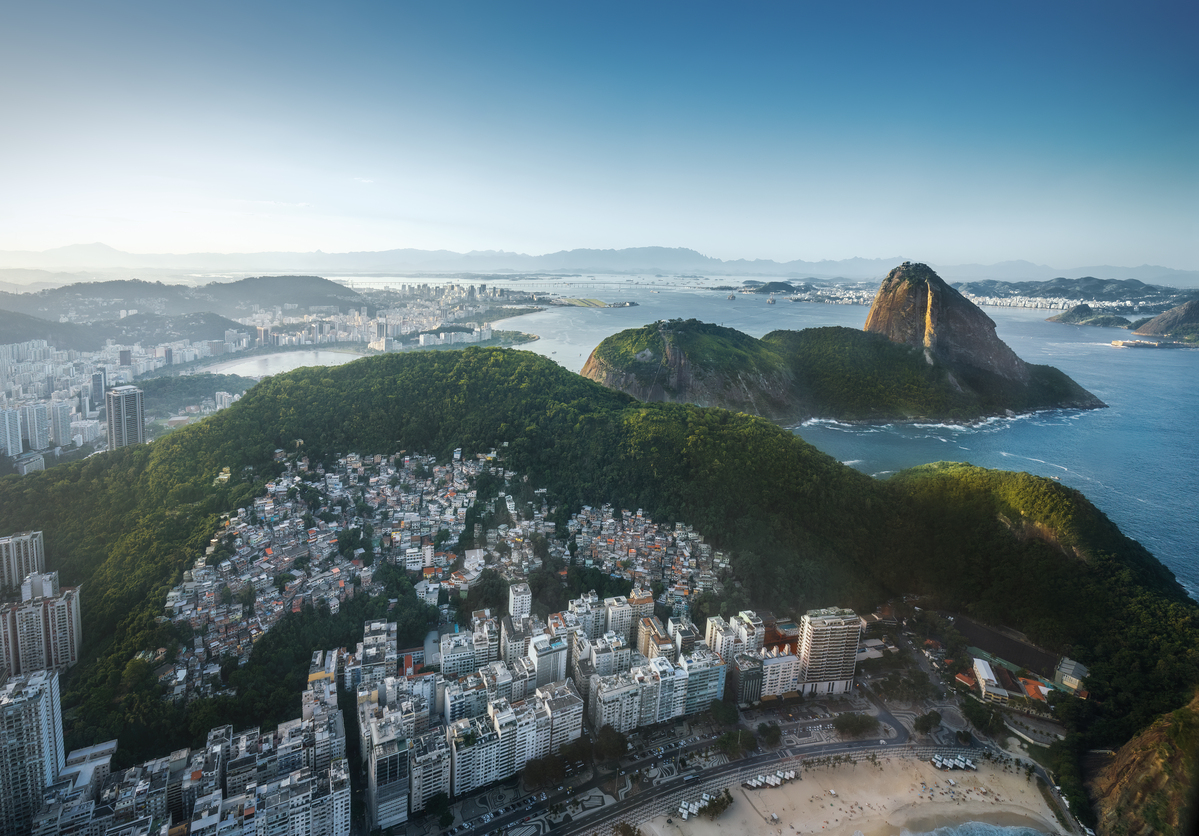
Rich in biodiversity and natural beauty, Brazil stands among the most forested countries in the world. Over half of its landmass is covered by forests, most notably the Amazon rainforest, the largest tropical forest on Earth. These lush ecosystems play a vital role in regulating the global climate, storing carbon, and supporting millions of plant and animal species. Brazil’s forests are also deeply intertwined with the lives and cultures of its indigenous communities, making them ecologically and culturally invaluable.
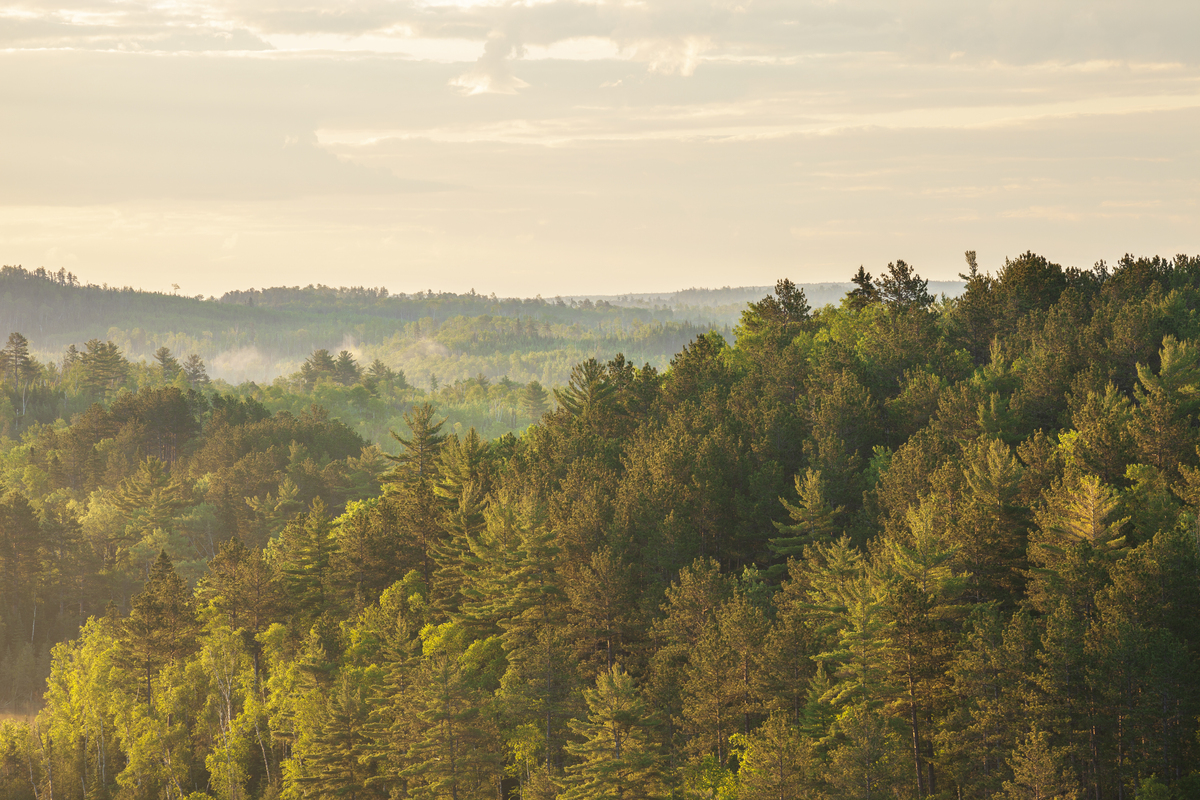
With millions of hectares of diverse woodlands, the United States is one of the most forested countries in the world. Its forest cover spans a wide range of ecosystems, from coastal mangroves and temperate rainforests to expansive pine forests and alpine woodlands. These forests are vital to the country’s environmental health, supporting biodiversity, regulating climate, and offering recreational and economic benefits. The U.S. also leads in forest conservation efforts, with extensive national parks and protected areas dedicated to preserving these natural treasures.
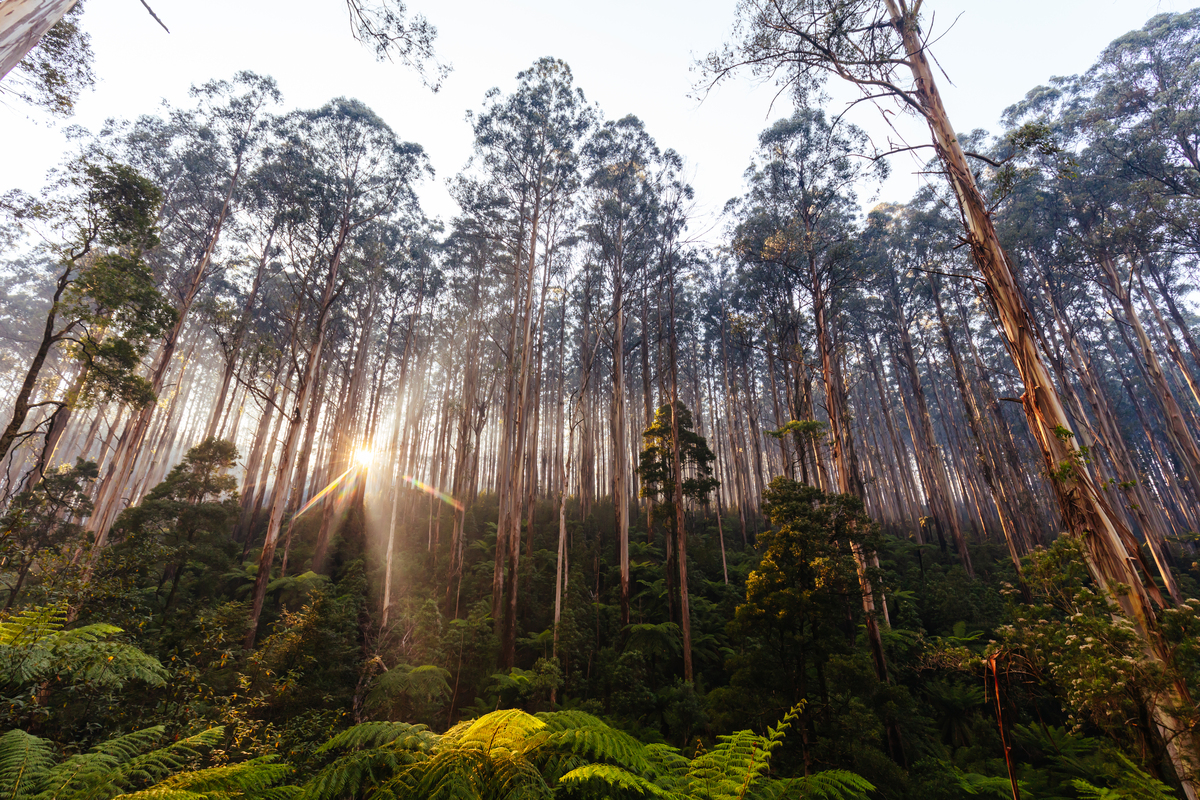
Stretching across a continent of striking ecological diversity, Australia ranks among the most forested countries in the world. Its forested areas include lush tropical canopies in the north, dry sclerophyll woodlands in the interior, and cool temperate rainforests in the south. These forests are vital for sustaining native wildlife, many of which are found only in Australia, and they play a key role in environmental conservation, cultural heritage, and climate resilience. With a growing focus on sustainable management, Australia continues to protect and restore its forest ecosystems for future generations.
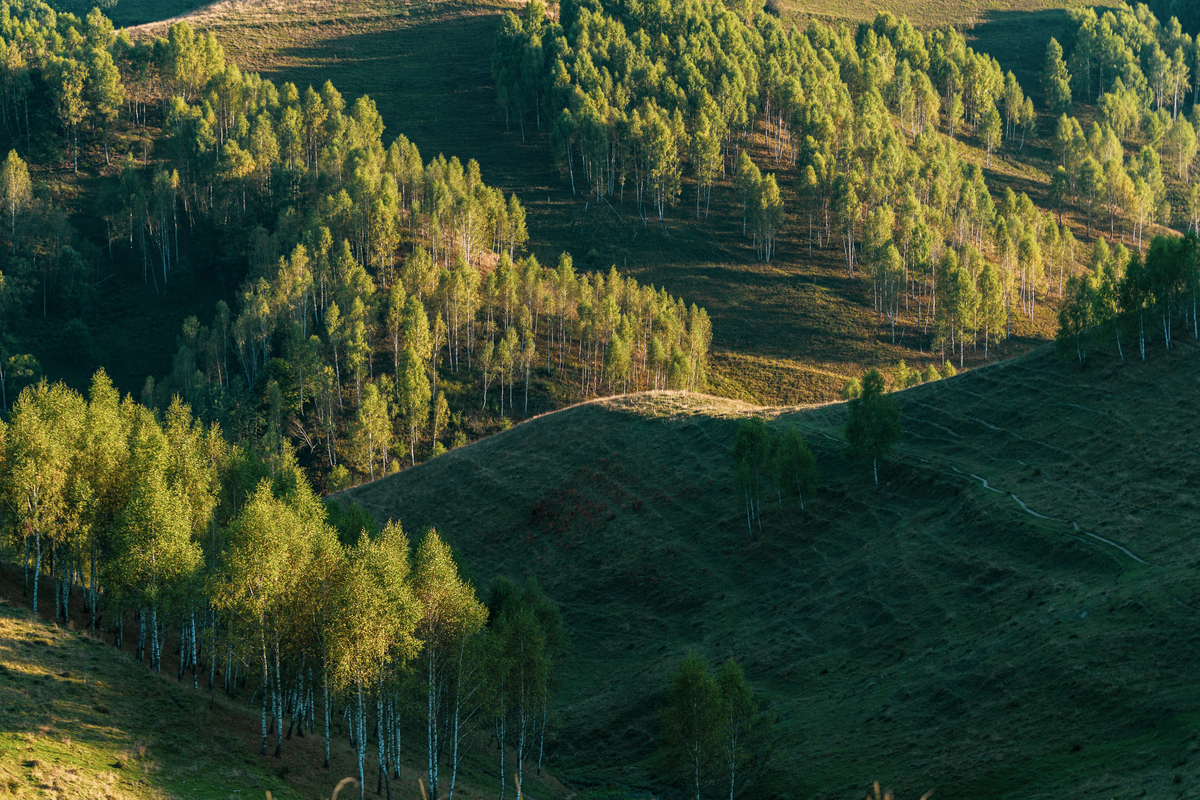
Spanning a wide range of climates and terrains, China boasts one of the largest forest areas in the world, both in natural woodlands and human-planted forests. As one of the most forested countries in the world by total area, China has made remarkable strides in reforestation and afforestation over the past few decades. From subtropical forests in the south to temperate and coniferous forests in the north, these green expanses help combat desertification, preserve biodiversity, and support rural livelihoods. China’s forest landscape is a testament to large-scale ecological restoration and environmental commitment.
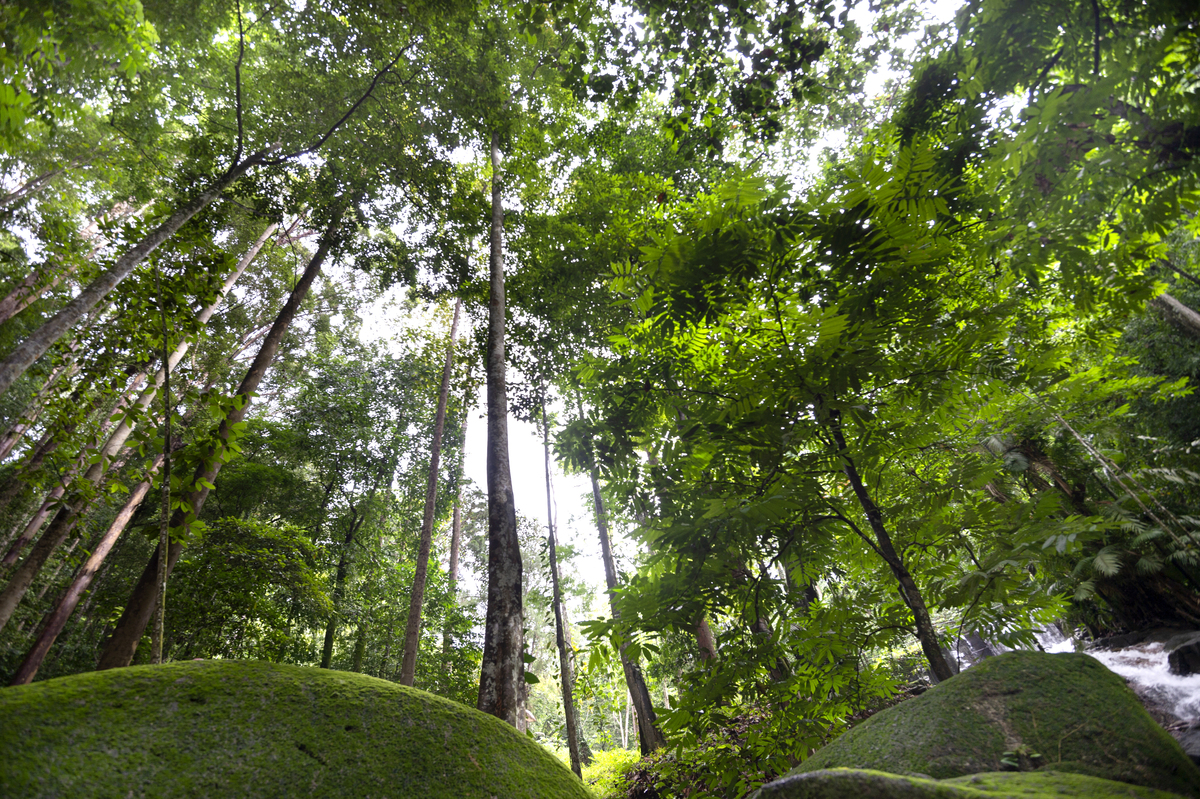
Blanketed by dense tropical rainforests across thousands of islands, Indonesia stands as a vital pillar in global forest ecosystems. As one of the most forested countries in the world by area, it harbours exceptional biodiversity, from rare wildlife like orangutans and hornbills to a rich variety of plant life. These forests regulate rainfall, store carbon, and support millions of livelihoods. With increasing focus on conservation, Indonesia is working to balance development with the protection of its precious natural heritage.
The easiest way to reach Indonesia is by flight. Major international airports include:
Direct Flights: Available from major cities in Asia, the Middle East, Europe, and Australia
Visa Requirements: Many nationalities can get a visa on arrival or travel visa-free for short stays (check the latest guidelines)
Domestic Travel: Once in Indonesia, travel between islands is easy with domestic flights, ferries, and local transport options like buses and trains
Located in the heart of Nusa Dua, Ayodya Resort Bali offers a peaceful beachfront stay surrounded by traditional Balinese architecture and lush gardens. Guests can enjoy spacious rooms, multiple dining options, and easy access to the beach. The resort in Bali also features a large pool, wellness facilities, and cultural experiences. It’s an ideal choice for travellers looking to relax and explore Bali’s vibrant coastal charm.
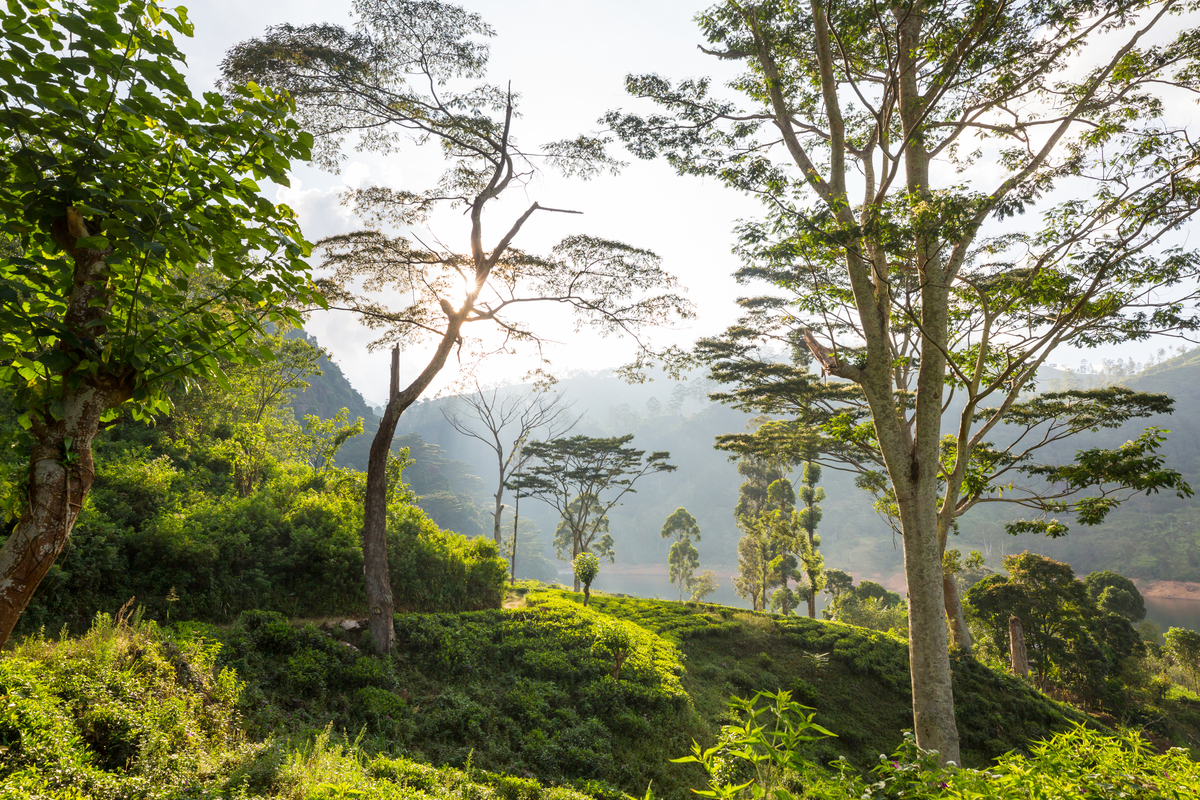
Cradled in the heart of the Amazon basin, Peru is home to some of the most pristine and biodiverse forests on the planet. As one of the most forested countries in the world by percentage and area, nearly 60% of Peru’s land is covered in lush rainforests teeming with unique flora and fauna. These forests not only support indigenous communities and rich ecosystems but also play a crucial role in regulating the climate and preserving global biodiversity. Peru’s Amazonian forests remain a vital stronghold in the fight against deforestation and climate change.
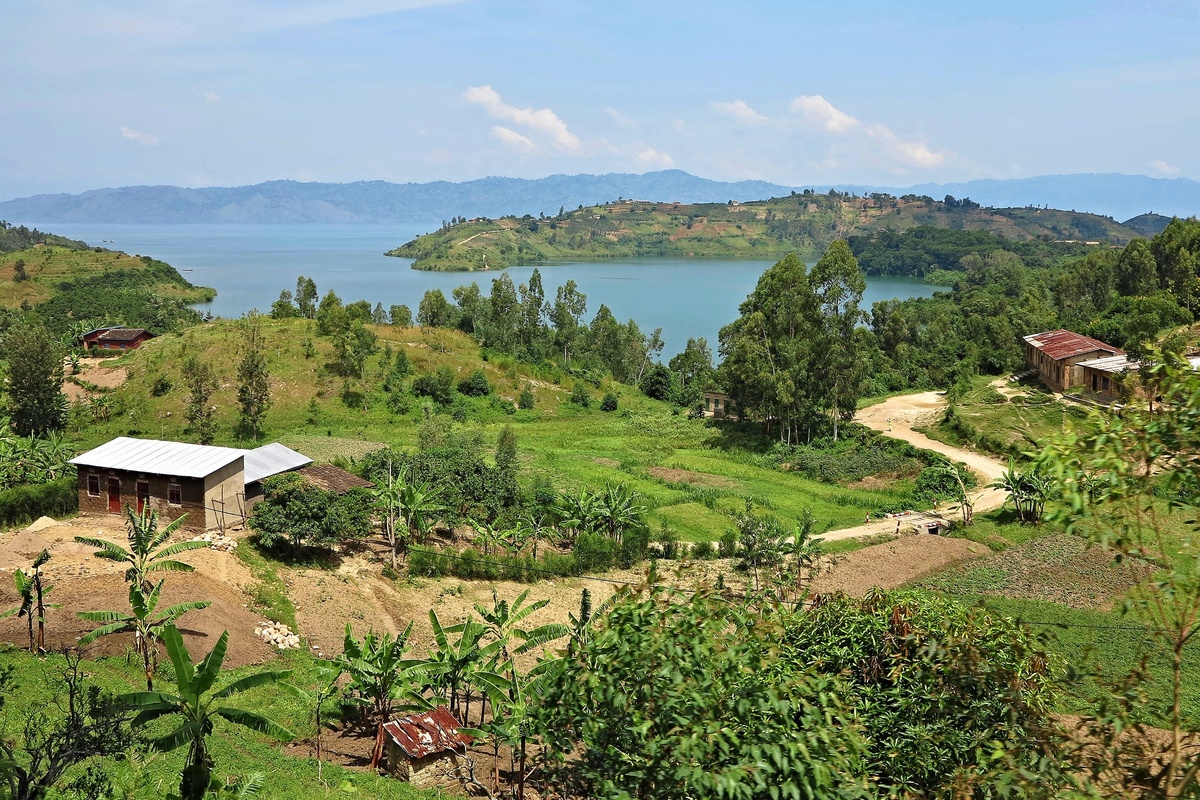
Situated in the heart of Central Africa, the Democratic Republic of the Congo (DRC) is home to the second-largest tropical rainforest in the world, after the Amazon. As one of the most forested countries in the world, the DRC’s vast forest cover spans millions of hectares and supports exceptional biodiversity, including endangered species like bonobos, okapis, and forest elephants. These forests are vital for regional climate regulation, carbon storage, and the livelihoods of countless communities. The DRC plays a critical role in global conservation efforts and the future of tropical ecosystems.
Located in the vibrant Westlands district of Nairobi, Golden Tulip Westlands Nairobi offers a stylish and comfortable stay close to the city’s business, shopping, and entertainment hubs. Guests can enjoy modern rooms, a rooftop pool with panoramic city views, multiple dining options, and well-equipped conference facilities. This resort in Kenya enjoys a central location, making it convenient for exploring Nairobi’s attractions, from museums and markets to nearby national parks.
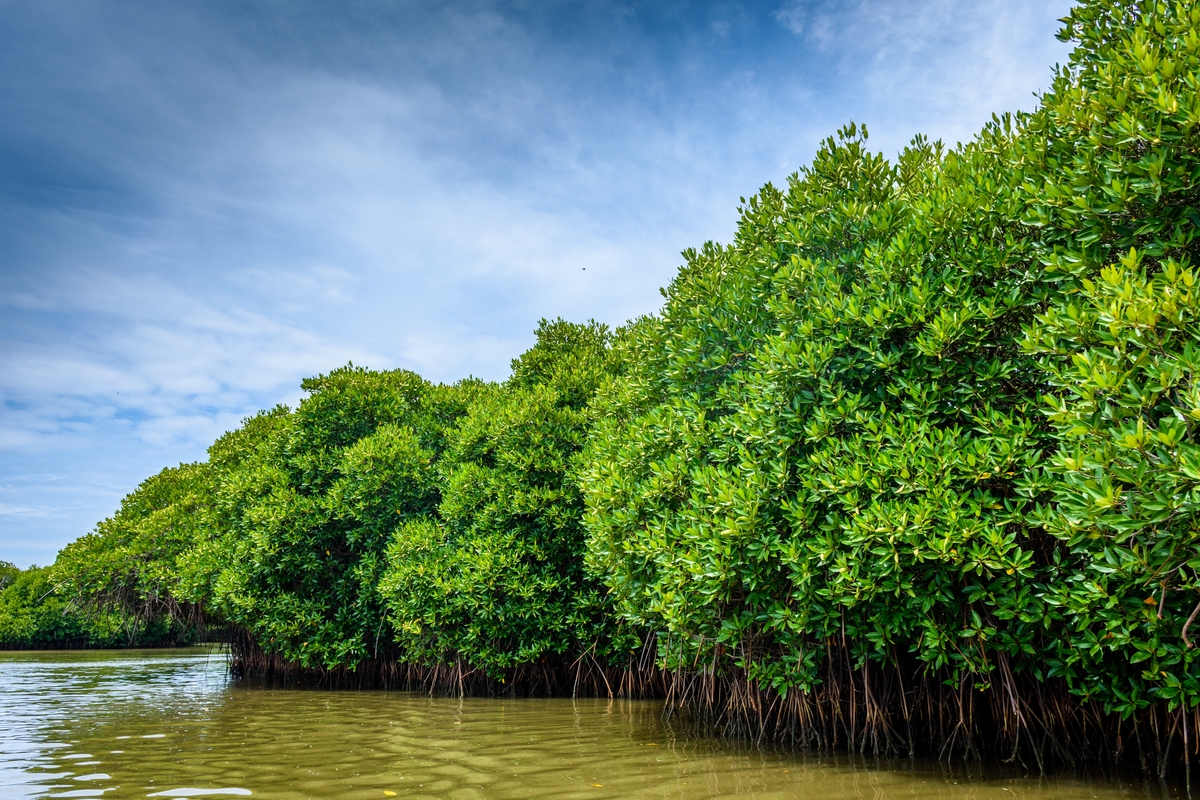
India, with its diverse climate and topography, hosts a wide range of forest ecosystems, from Himalayan coniferous forests in the north to tropical rainforests in the south and mangroves along its coasts. Madhya Pradesh, often called the ‘Heart of India’, has the largest forest cover among all states, adding significantly to the nation’s green wealth. As one of the most forested countries in the world by total area, India’s forests cover over 20% of its land and are vital for supporting biodiversity, preserving water sources, and sustaining rural livelihoods. These green spaces are also deeply interwoven with India’s cultural and spiritual traditions, making forest conservation a national priority. In recent years, large-scale afforestation and community-led initiatives have further strengthened the country’s commitment to a greener future.
Nestled near the famous Kanha Tiger Reserve in Madhya Pradesh, Club Mahindra Kanha Resort offers a peaceful stay surrounded by nature. This resort in Madhya Pradesh features comfortable rooms with views of lush greenery and a range of activities, from jungle safaris to cultural workshops. Guests can unwind by the pool, enjoy local cuisine, or explore nearby villages. Its location makes it an ideal base for wildlife lovers and family getaways alike.
Club Mahindra membership opens the door to unforgettable family holidays at over 140+ Club Mahindra resorts across the world. With a simple and flexible booking system, members can plan trips with ease and choose from a wide variety of destinations, from scenic hill stations to tranquil beaches. Each stay offers well-appointed accommodations, engaging activities, and experiences designed for all age groups. With access to global partner resorts, every vacation becomes a chance to explore new places and create lasting memories together.
Deforestation has far-reaching environmental and socio-economic impacts, particularly in countries with the largest forest areas, such as Brazil, Russia, Canada, and the United States. These nations hold vast ecosystems that regulate global climate, store carbon, and support countless species. Large-scale forest loss in these regions can trigger biodiversity decline, disrupt water cycles, increase greenhouse gas emissions, and accelerate climate change. The consequences are felt globally, affecting weather patterns, food security, and the livelihoods of millions who depend on forests for survival.
Forests are a shared global treasure, and their protection is essential for environmental stability, biodiversity, and human well-being. The most forested countries in the world and those with the largest forest areas play a critical role in regulating climate, supporting wildlife, and sustaining livelihoods. Preserving these vast green landscapes is not just a local responsibility but a global imperative, as their health directly influences the planet’s ecological balance and the future of generations to come.
Mahindra Holidays & Resorts India Ltd. (MHRIL), a part of Leisure and Hospitality sector of the Mahindra Group, offers quality family holidays primarily through vacation ownership memberships and brings to the industry values such as reliability, trust and customer satisfaction. Started in 1996, the company's flagship brand ‘Club Mahindra’, today has over 300,000 members , who can holiday at 140+ resorts in India and abroad.
We use cookies to personalise content and to provide you with an improved user experience.By Continuing to browse this site you consent to the use of cookies.Please visit our cookie policy for further details.

Welcome to ClubMahindra.com In order to provide a personalised experience for you, we use cookies to enable some website functionality. Cookies help us see which articles most interest you; allow you to easily share articles on social media channels; permit us to deliver content personalised to your interests and locations; along with many other site benefits. For more information, please review our Cookie Policy
When you visit any website, it may store or retrieve information on your browser, mostly in the form of cookies. This information might be about you, your preferences or your device and is mostly used to make the site work as you expect it to. The information does not usually directly identify you, but it can give you a more personalized web experience. Because we respect your right to privacy, you can choose not to allow some types of cookies. Click on the different category headings to find out more and change our default settings. However, blocking some types of cookies may impact your experience of the site and the services we are able to offer.
Because we respect your right to privacy, you can choose not to allow some types of cookies and you have the right to withdraw your consent by send a mail to email id [email protected]
These cookies are essential in order to enable you to move around the site and use its features, such as accessing secure areas of the site. Without these cookies, services you have asked for cannot be provided.
These cookies allow us to employ data analytics so we can measure and improve the performance of our site and provide more relevant content to you. These cookies don't collect information that identifies a visitor down to an individual level that is available to us. These cookies are not passing personally identifiable information to any external third party other than in limited cases when we engage a service provider to act on our behalf but who is then unable to use the data for their own purposes.
Performance cookies are generally third-party cookies from vendors we work with or who work on our behalf that collect information about your visit and use of the Club Mahindra website, for instance which pages you visit the most often, and if you get error messages from web pages. These cookies don't collect information that identifies a visitor. All information these cookies collect is anonymous and is only used to improve your overall experience on how the website works. Third party vendors may have access to this data and may use it to improve their overall services and offerings.
Functionality cookies allow a site to remember choices you make (such as your user name, language or the region you are in) and provide more enhanced, personal features. These cookies cannot track your browsing activity on other websites. They don't gather any information about you that could be used for advertising or remembering where you've been on the Internet outside our site.
Third-party advertising and social media cookies are used to (1) deliver advertisements more relevant to you and your interests; (2) limit the number of times you see an advertisement; (3) help measure the effectiveness of the advertising campaign; and (4) understand people's behaviour after they view an advertisement. They are usually placed on behalf of advertising networks with the site operator's permission. They remember that you have visited a site and quite often they will be linked to site functionality provided by the other organization. This may impact the content and messages you see on other websites you visit. If you do not allow these cookies you may not be able to use or see certain these sharing tools content on our website.